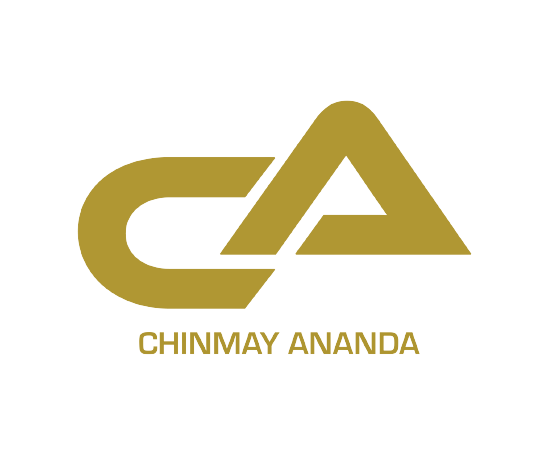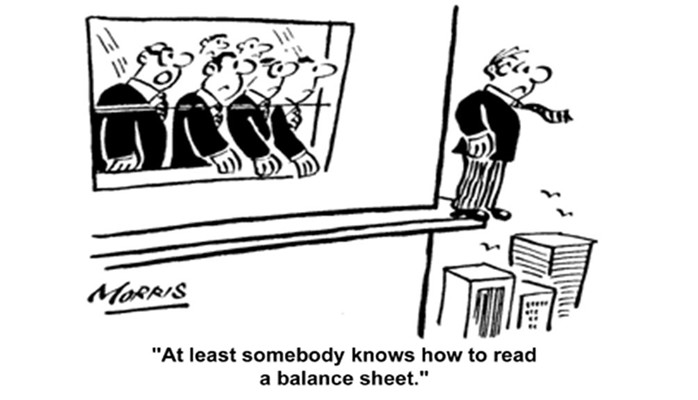Imagine a veteran football player called David. David retires from professional football and wants to start a business. David decides to start a sport store that will exclusively sell football equipment and accessories.
He names the business David’s Football Store (DFS).
Friends, I cannot emphasis this point enough. It is very important to remember the following point as it helps you to understand your balance sheet easily.
The point is: when it comes to finance and accounting – a business owner is treated separately from the business.
In other words, YOU (business owner) are not your business. It does not matter even if you’re a sole trader or home-based business without any employees, you should separate yourself from your business.
In this example, we treat David (the business owner) separately from DFS (the business).
To start any business we need two kinds of capital –
- Intellectual Capital – All the know-how (skill, knowledge, expertise)
- Financial Capital – How a business raises funds and how it is managed.
(As a Financial Educator, explaining Financial Capital in simple layman terms is my expertise!)
Money is required to start any business. In this example, DFS needs money. When a business needs money, it borrows. Friends, let me remind you once again – we are looking from a business (DFS) perspective not from the business owner’s (David’s) perspective.
A business mainly borrows from two kinds of people – Insiders and Outsiders.
- Insiders are owner/s (David), investors and the three famous F’s – Family, Friends and Fools!
- Outsiders are predominantly financial institutions like a bank.
Why does a business (DFS) borrow money? Or more relevant question will be where does a business use the borrowed money?
Most likely, the borrowed money will be used in acquiring land, buildings, machines, office equipment, and furniture and so on.
Let us see how we record these acquisitions on a Balance Sheet.
Again, we are looking from a business (DFS’) perspective.
A Balance sheet has two main headings – Liabilities and Assets.
I usually refrain from using jargon to a great extent. So I refer liabilities as ‘Sources of Funds’ and assets as ‘Uses of Funds’.
Let us look at Liabilities – Sources of Funds.
Where did DFS borrow / source its funds?
It sourced it from insiders and outsiders. We call Insider’s money Capital. If it comes from more than one person (Insider) then they will be sharing the capital. We call this Share Capital. We call Outsider’s money Loans.
When DFS (business) uses sourced money in acquiring building, equipment, office furniture and so on, we record it under assets as Fixed Assets.
Businesses in various situations might not borrow physical money, but will still borrow its kind. It will borrow goods & services and promises to pay for it after a certain period (credit term). Let me make this clear by going back to the example.
DFS will be selling football equipment and accessories’ by sourcing it from suppliers. DFS might stock 100 footballs, 200 jerseys, and 300 pairs of shoes in the shop. The supplier who supplies the footballs, jerseys and shoes will make the delivery and will give 30 days’ for DFS to pay what’s owed. In business, we refer to these 30 days as the Credit Term and say the supplier is a Creditor.
Looking from DFS perspective, it has borrowed something. It hasn’t borrowed physical cash but its kind, on which it is liable to pay. We record these kinds of payables under liabilities as Current Liabilities. The word itself conveys – that the business is currently liable to pay someone. All the money that is supposed to go out of the business within one financial year we record as current liabilities.
Similarly, on assets side we have Current Assets. This comprises three elements:
- Debtors – people who owe money to the business (e.g., DFS sells 50 shoes, jerseys and football to a club. The club might request for 30 days to pay. In this instance the club is referred as a debtor.)
- Inventory – stock that is yet to be sold (remaining stock at DFS shop)
- Cash – The business’ bank balance or cash in-hand
So now the Balance Sheet looks like this:
These are the main headings on a Balance Sheet. If you would like to know more then click this link to watch our recent webinar on Four Key Things on a Balance Sheet.
Click here to register for SMART Finance Masterclass Webinar Series.
In my next article, you’ll learn how to read and understand your Profit & Loss Statement.
Meanwhile, take a look at your business balance sheet and feel free to pick the brains of your accountant. I think you are entitled to it.
Yours Non-accountant,
Chinmay Ananda

